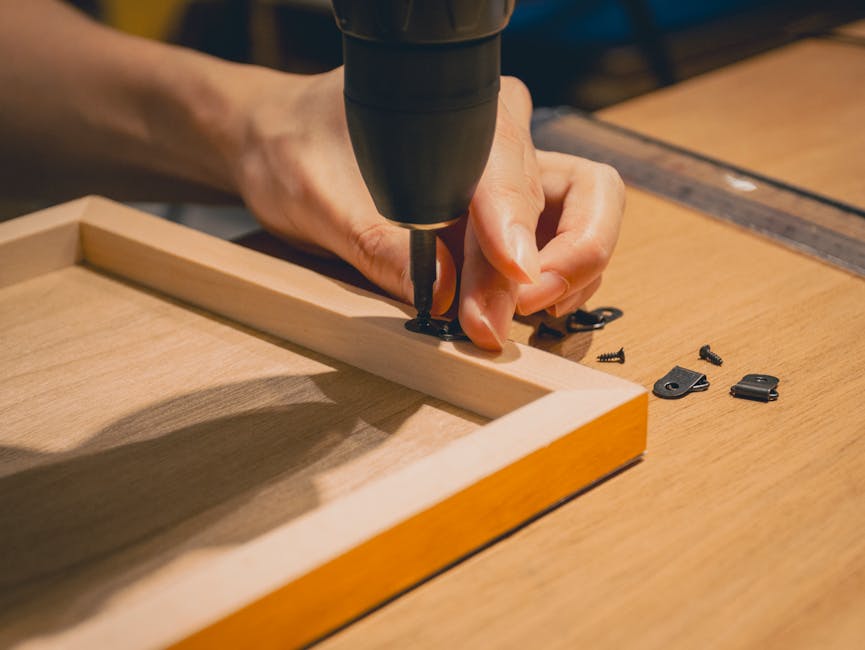
Japan's rich tapestry of traditional crafts offers a window into centuries of artistry, precision, and dedication. Among these treasures, one stands out for its breathtaking intricacy and ingenious construction: Kumiko. This ancient woodworking technique, renowned for its Chozetsu Giko – or "superb technique" – is a testament to the unparalleled skill of Japanese artisans. Imagine creating complex, geometric patterns from tiny pieces of wood, joined together without a single nail or drop of adhesive. That is the magic of Kumiko.
What is Kumiko? A Symphony of Wood and Light
At its heart, Kumiko is a delicate art form where thin strips of wood are meticulously cut, grooved, and fitted together to form stunning decorative screens, panels, and intricate designs. Originating in the Asuka Period (538-710 AD), Kumiko initially adorned temples and traditional Japanese homes, gracing everything from shoji screens and sliding doors (fusuma) to decorative transoms (ranma). Each pattern, from the delicate "hemp leaf" (asanoha) to the intricate "cherry blossom" (sakura), carries symbolic meaning, often representing prosperity, good fortune, or natural beauty.
The Artisan's Mastery: Unveiling Chozetsu Giko (超絶技巧)
The term Chozetsu Giko (超絶技巧), meaning "superb technique" or "masterful skill," perfectly encapsulates the artistry behind Kumiko. Artisans dedicate years, even decades, to mastering this craft. Their exceptional skills are evident in every minute detail:
- Precision Cutting: Each piece of wood, often mere millimeters thick, is cut with astonishing accuracy, sometimes requiring angles as fine as a fraction of a degree, ensuring a perfect fit.
- Tool Craftsmanship: Many Kumiko masters use tools they have crafted themselves, perfectly suited to their hands and the specific demands of the intricate work.
- Understanding of Wood: A deep knowledge of wood properties – its grain, expansion, and contraction – is crucial. Artisans select specific types of wood, such as cypress or cedar, for their beauty, durability, and workability.
This commitment to precision and material understanding allows the creation of pieces that are not only visually stunning but also structurally robust, holding together purely through friction and perfectly calculated angles.
Commitment to Materials and Modern Relevance
Kumiko artisans demonstrate a profound respect for their materials. They carefully select wood not just for its aesthetic qualities but also for its natural resilience and ability to be worked into intricate shapes. This connection to nature and sustainable practices is an inherent part of the craft's philosophy, ensuring that each piece not only beautiful but also harmonious with its origins.
While deeply rooted in tradition, Kumiko has found a vibrant place in modern life. Contemporary designers and architects are increasingly incorporating Kumiko patterns into lighting fixtures, furniture, wall art, and even jewelry. This timeless craft continues to captivate, offering a sophisticated blend of traditional Japanese aesthetics and contemporary design, bringing warmth, texture, and a rich cultural story into modern spaces.
An Invitation to Experience: The Exchange Workshop (交流ワークショップ)
The opportunity to experience this magnificent craft firsthand is truly special. An 交流ワークショップ (Exchange Workshop) offers a unique chance to delve into the world of Kumiko. Imagine learning directly from a skilled artisan, feeling the grain of the wood, and carefully fitting pieces together to create your own small masterpiece. These workshops provide invaluable insight into the patience, precision, and passion that define Chozetsu Giko.
It's more than just learning a technique; it's an opportunity for cultural exchange, connecting with Japan's heritage, and gaining a profound appreciation for the human ingenuity that transforms simple wood into breathtaking art. Don't miss the chance to try your hand at Japan's proud traditional craft and unlock the secrets of Kumiko's superb technique!
Comments
Post a Comment